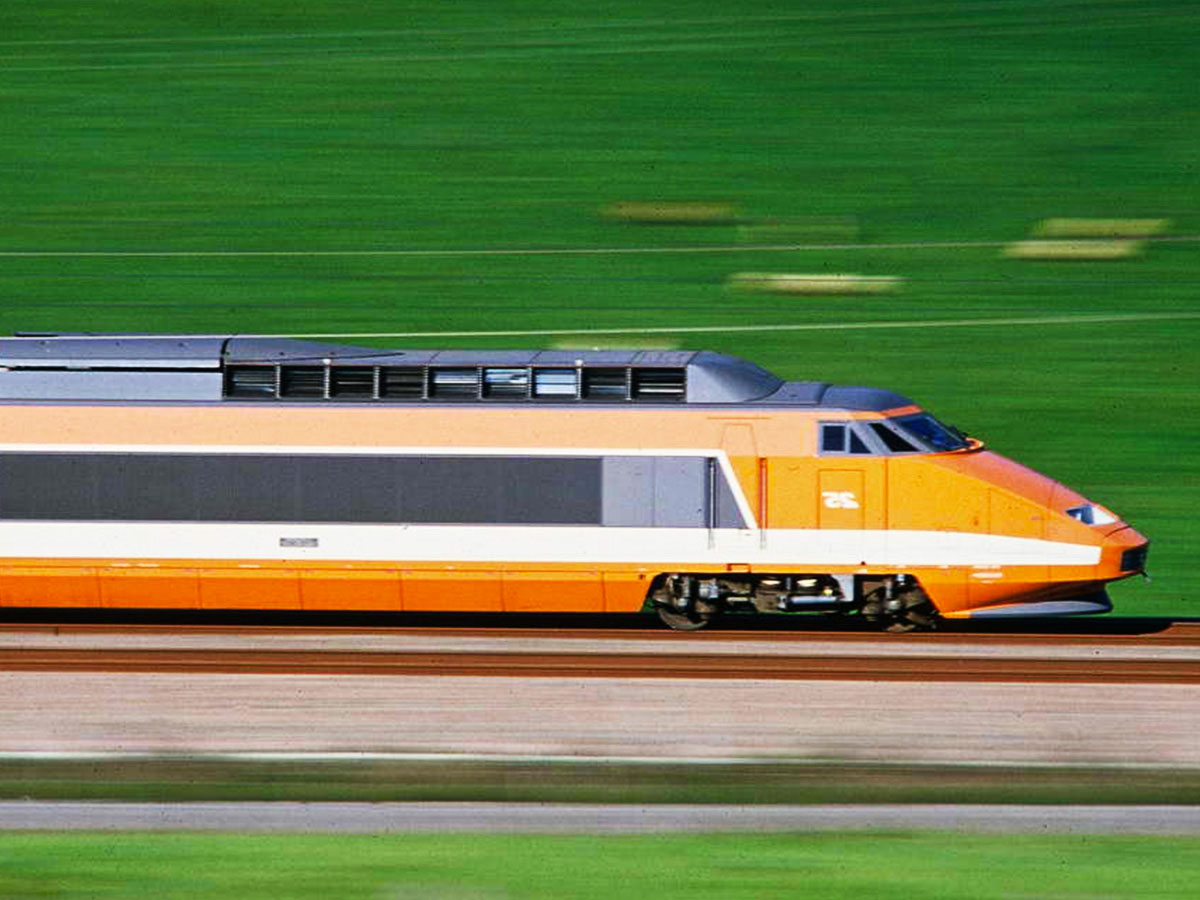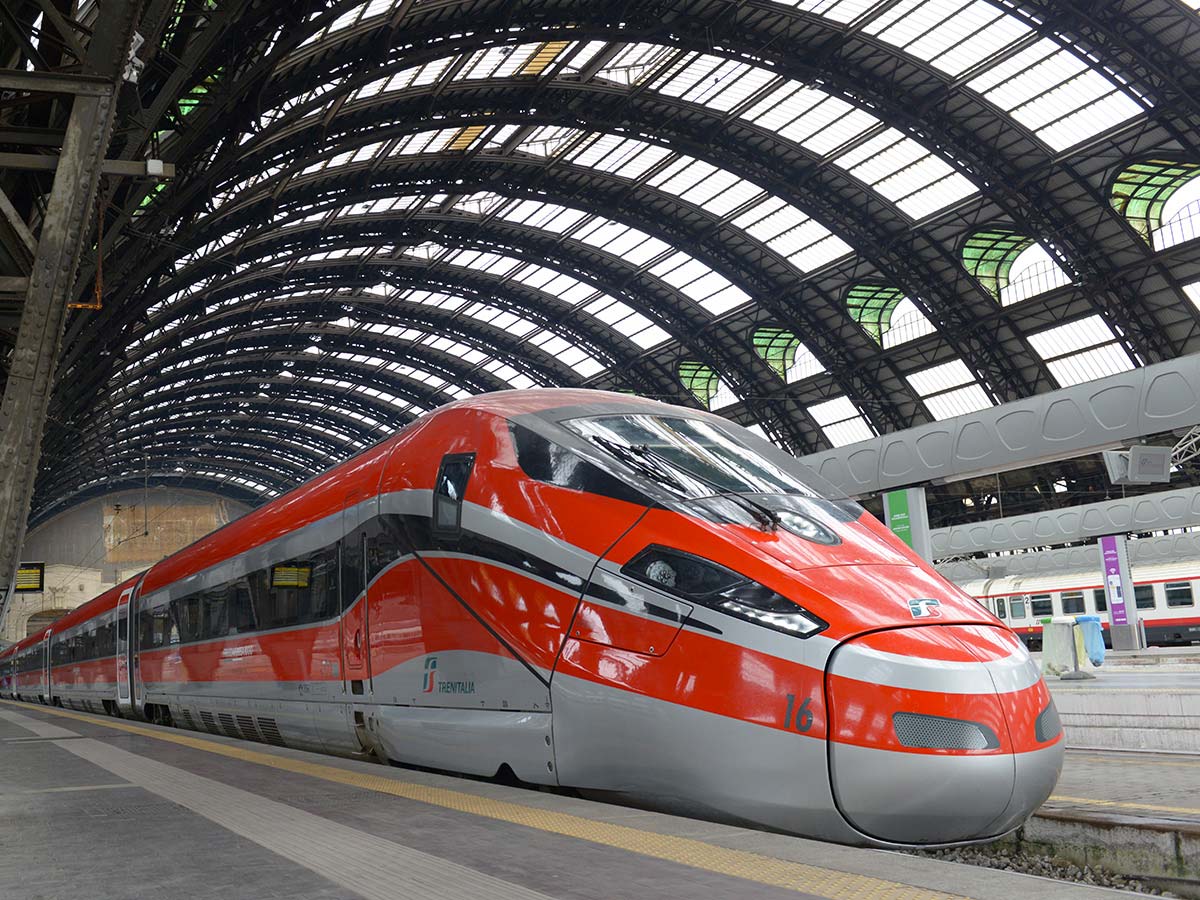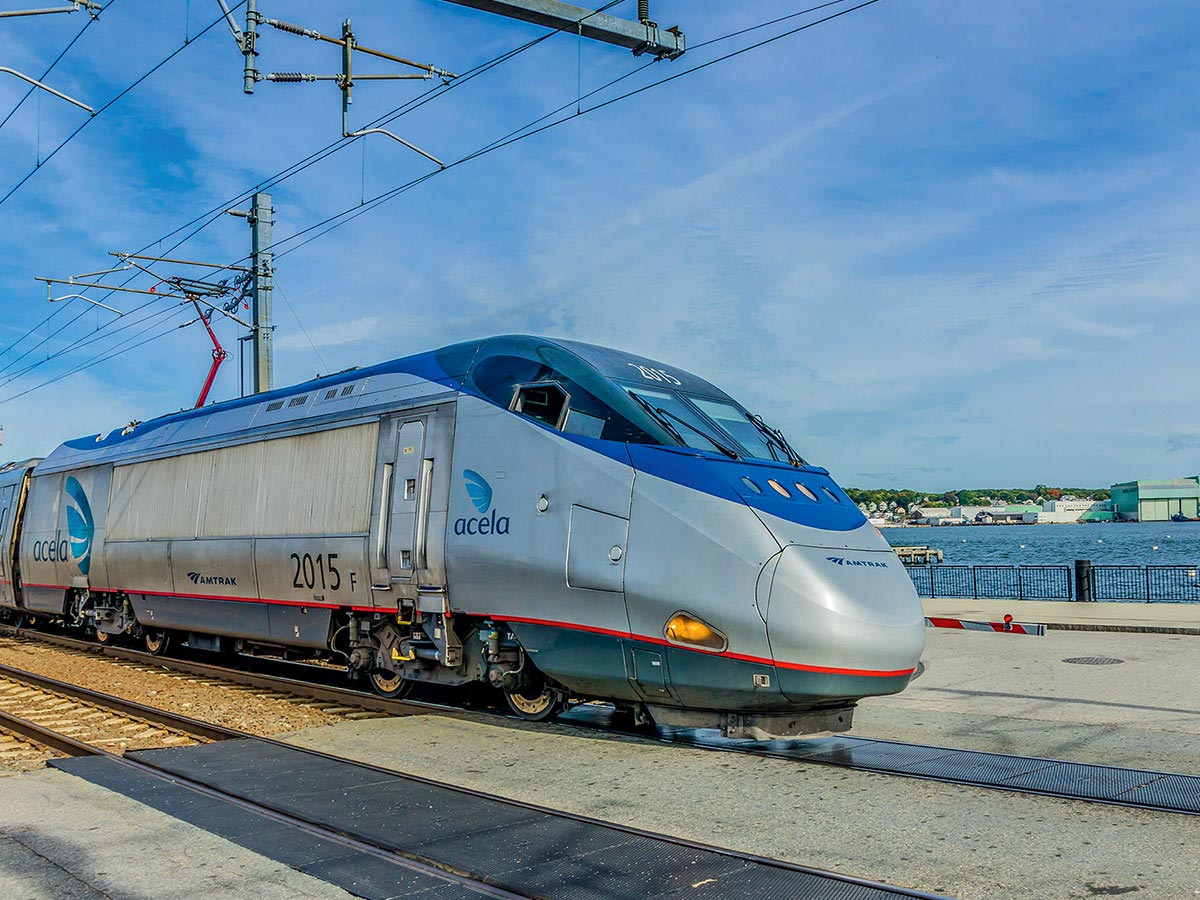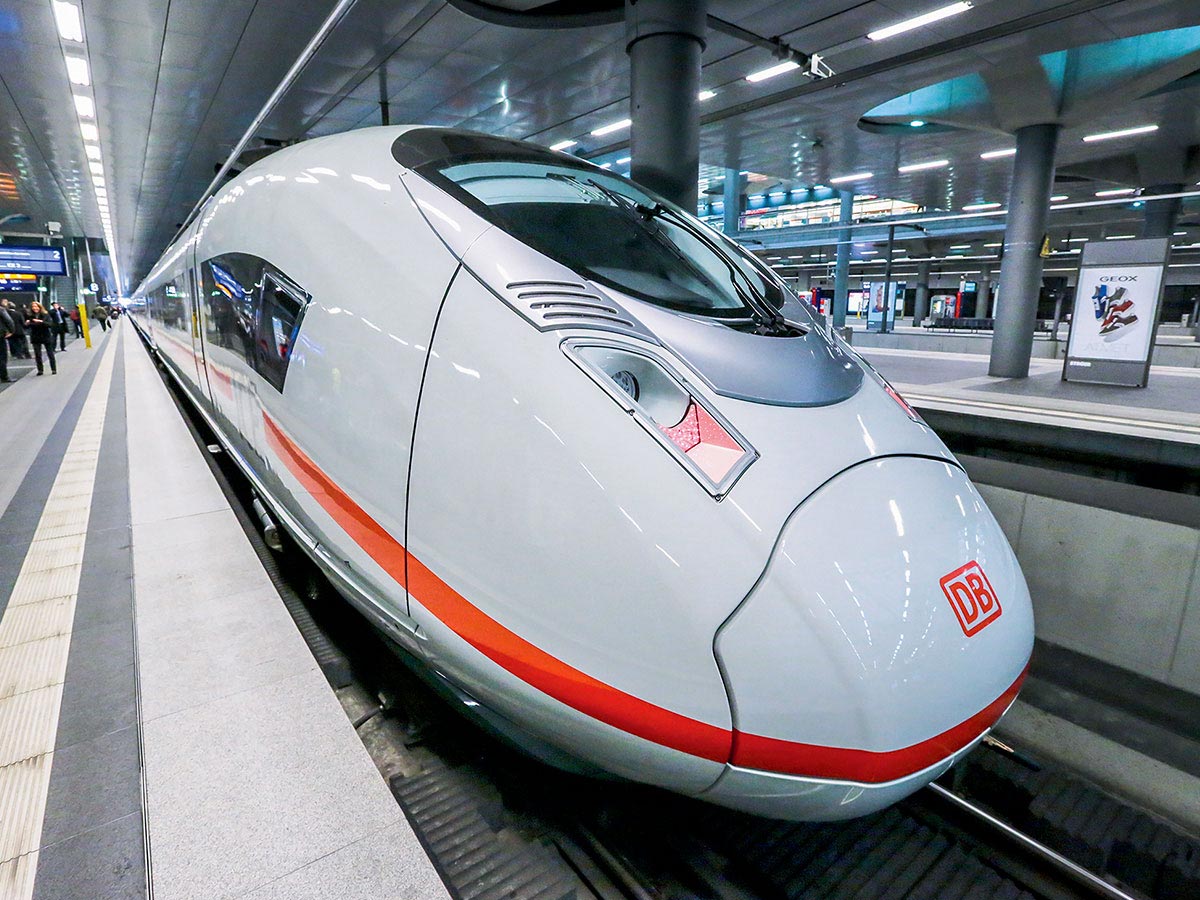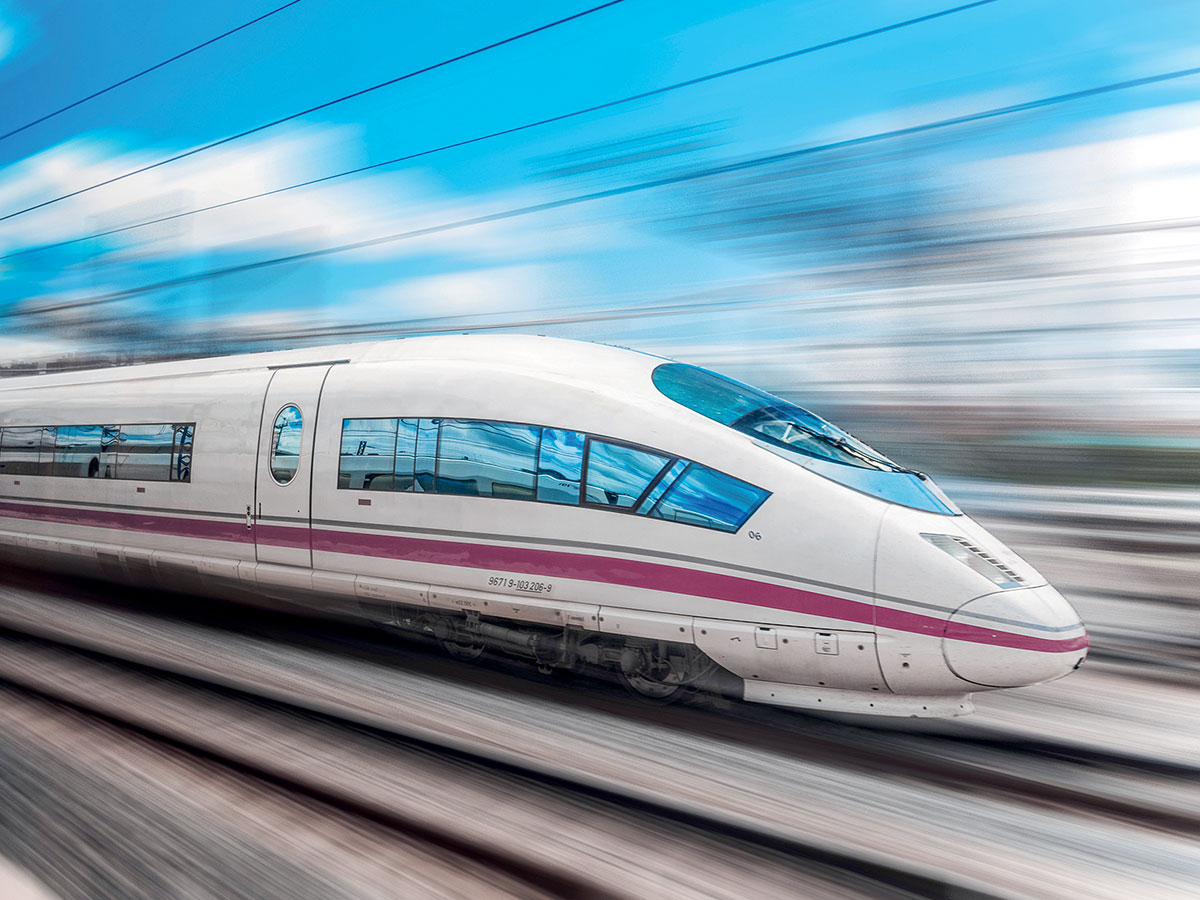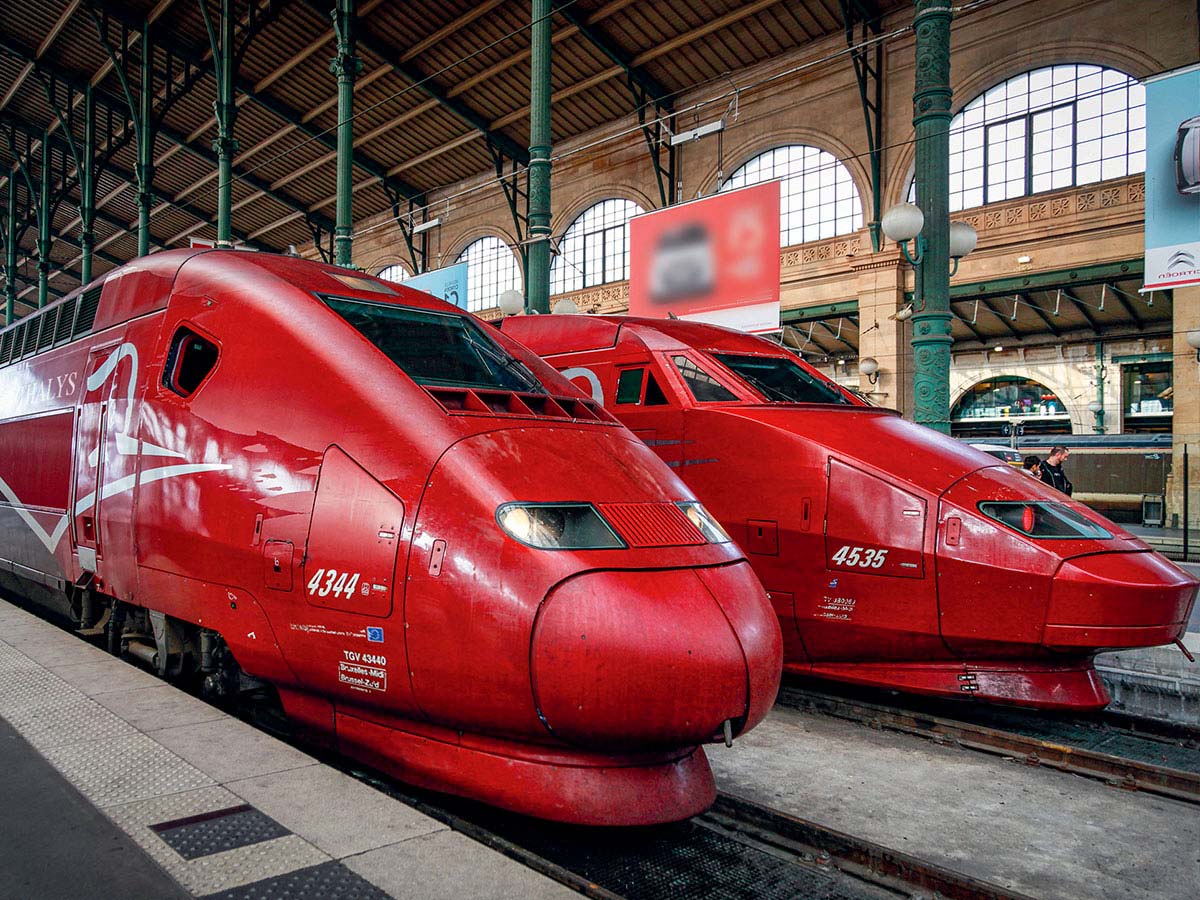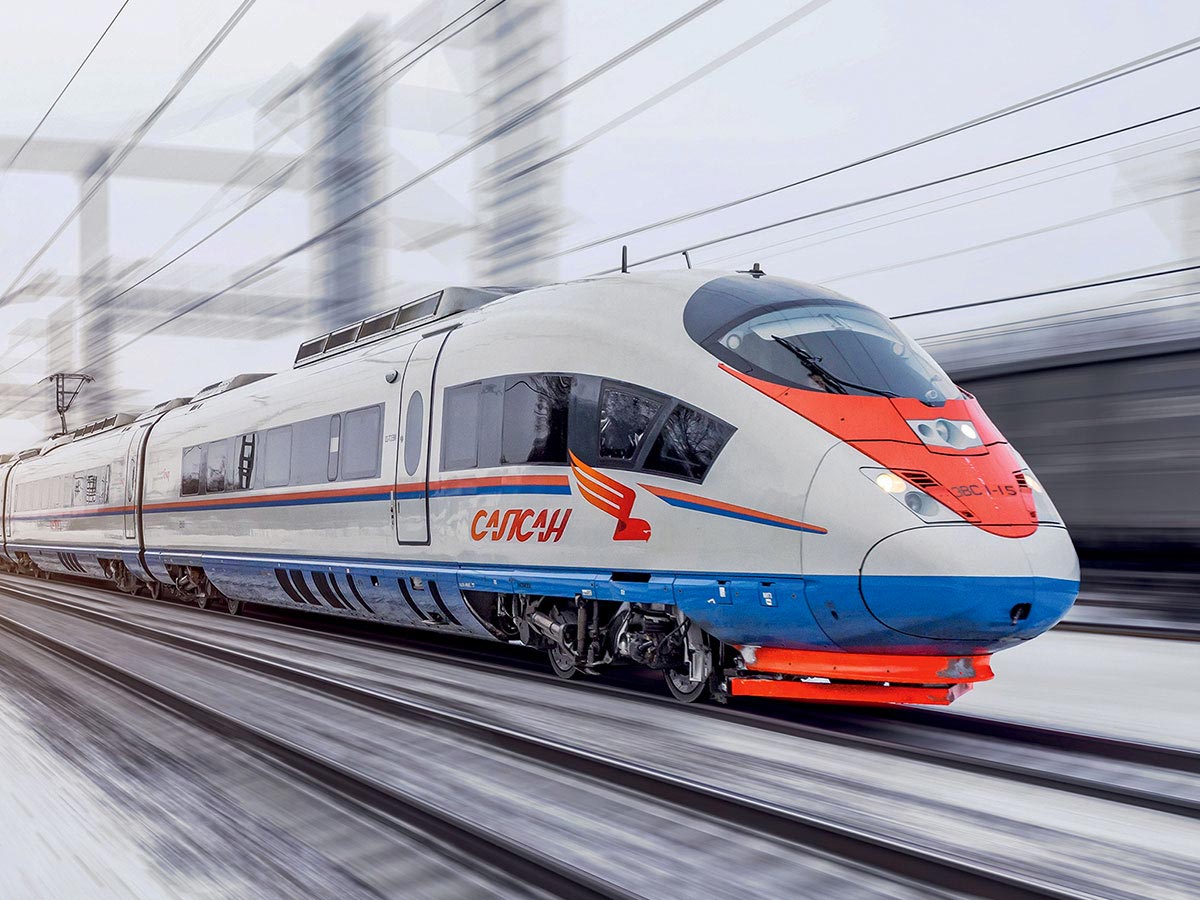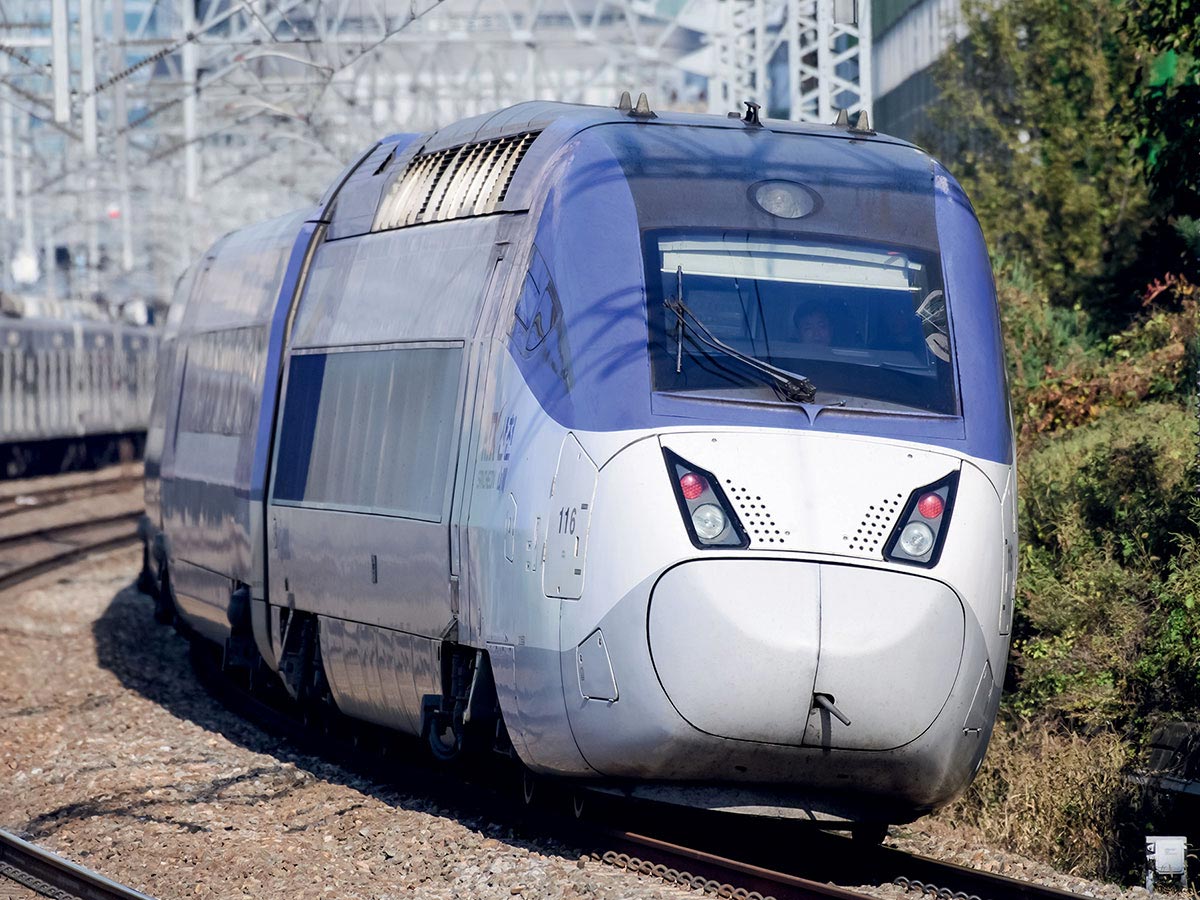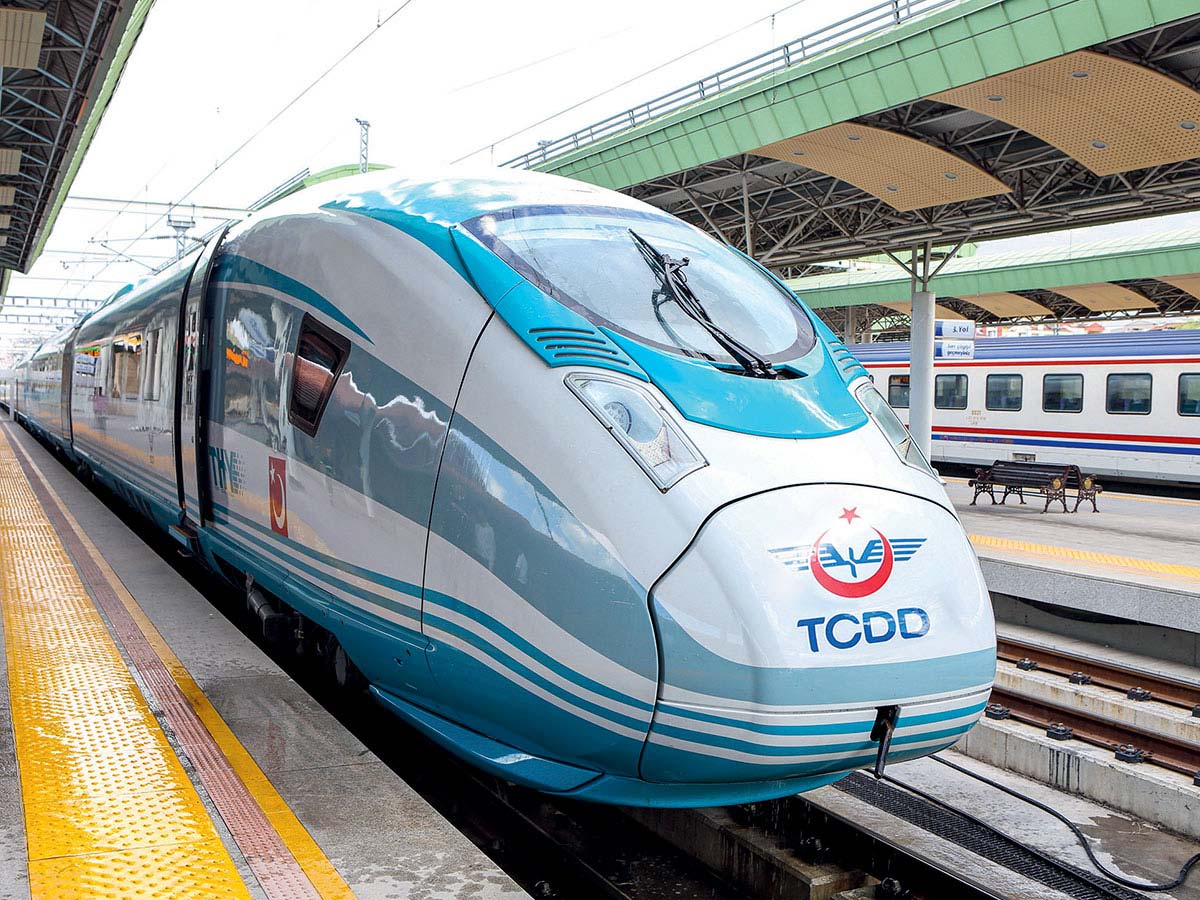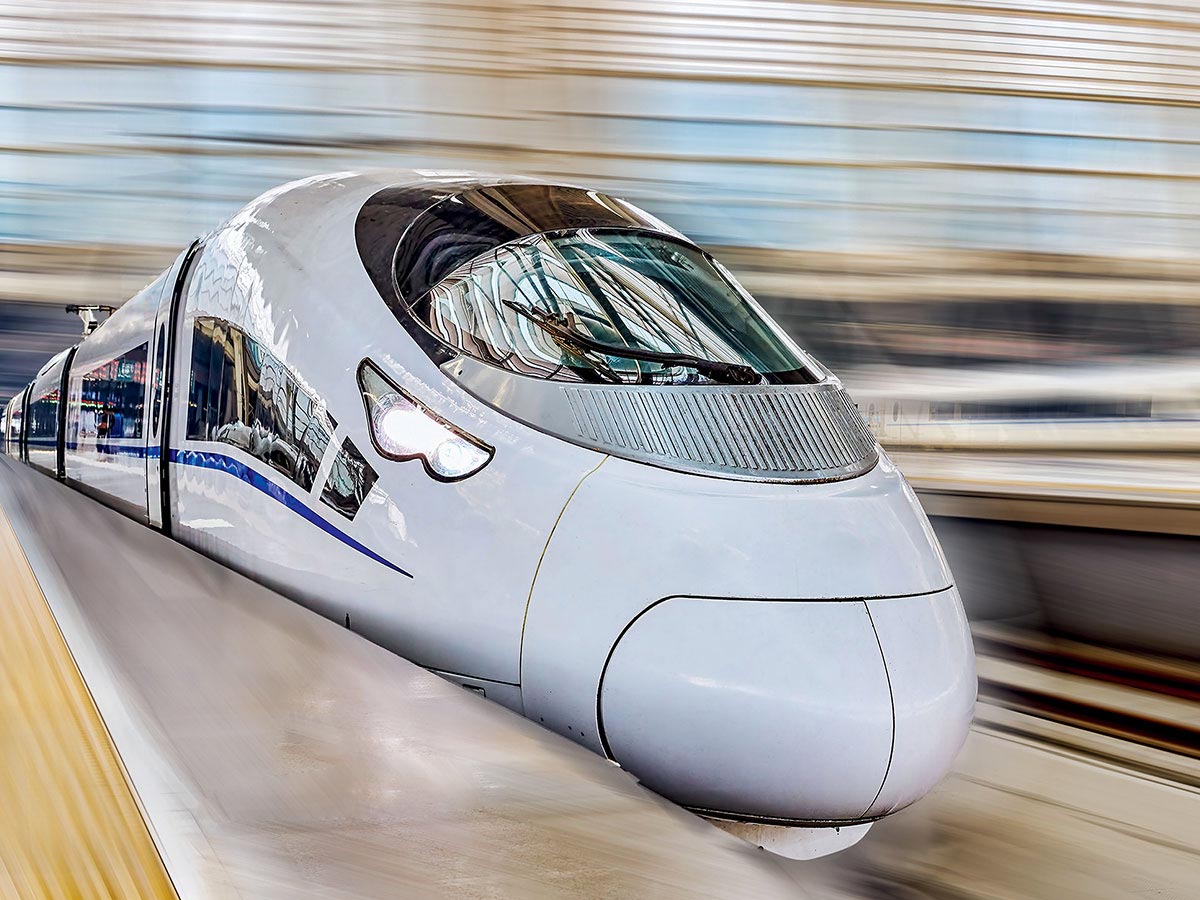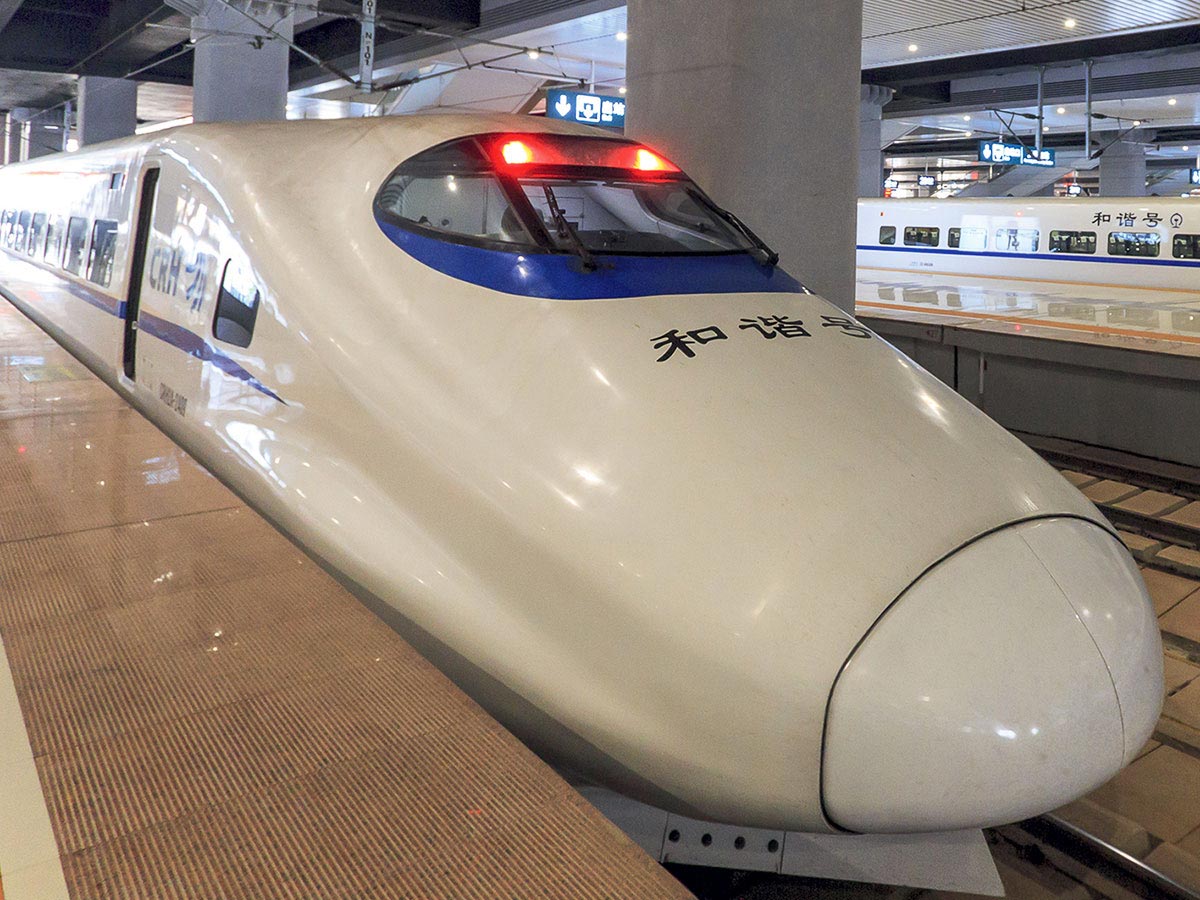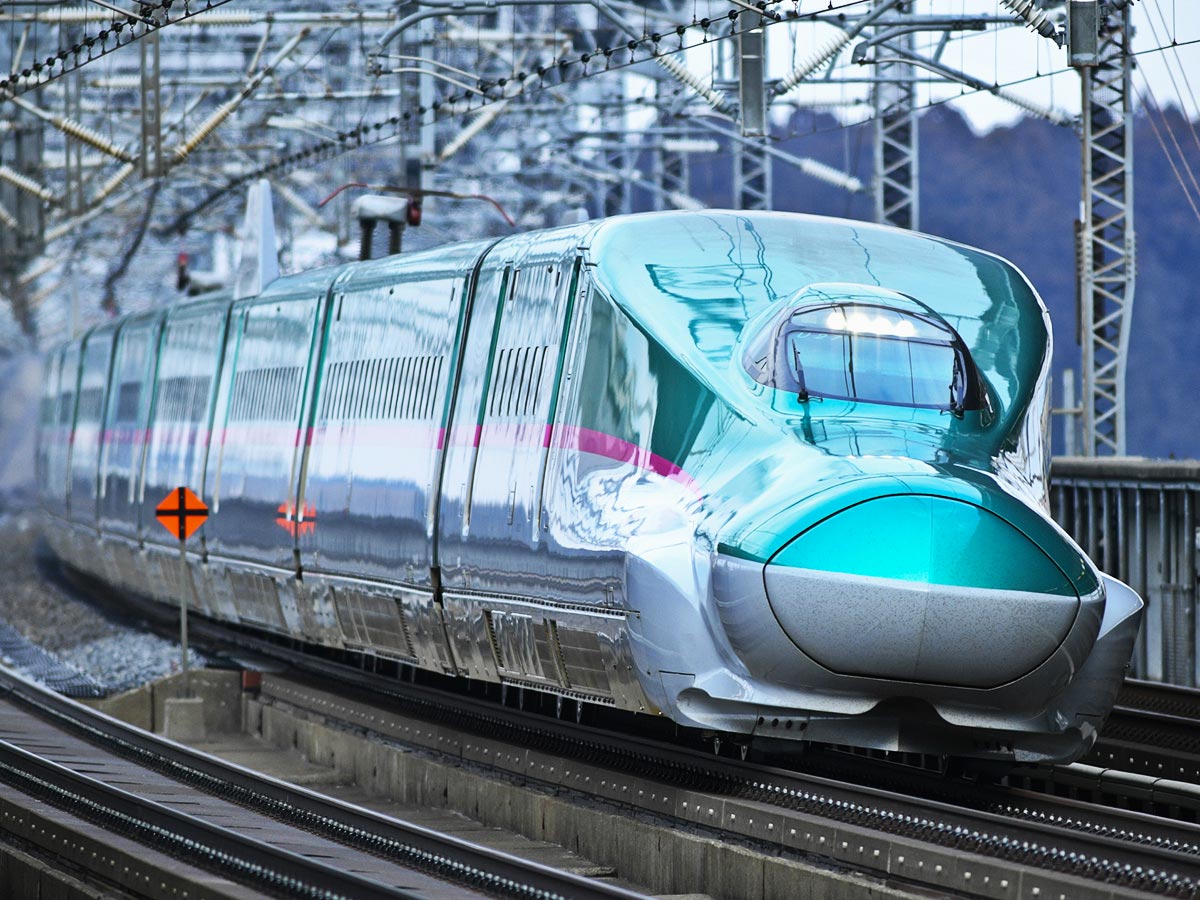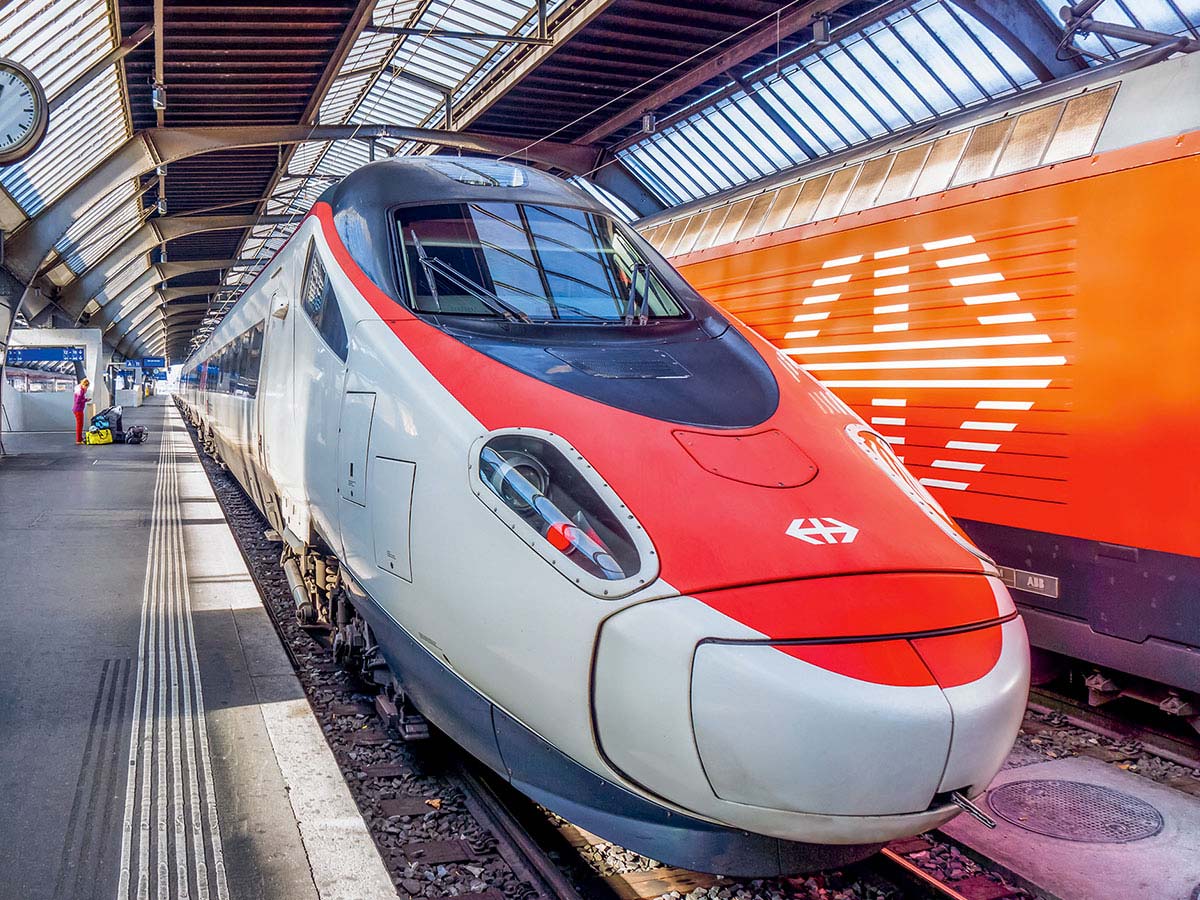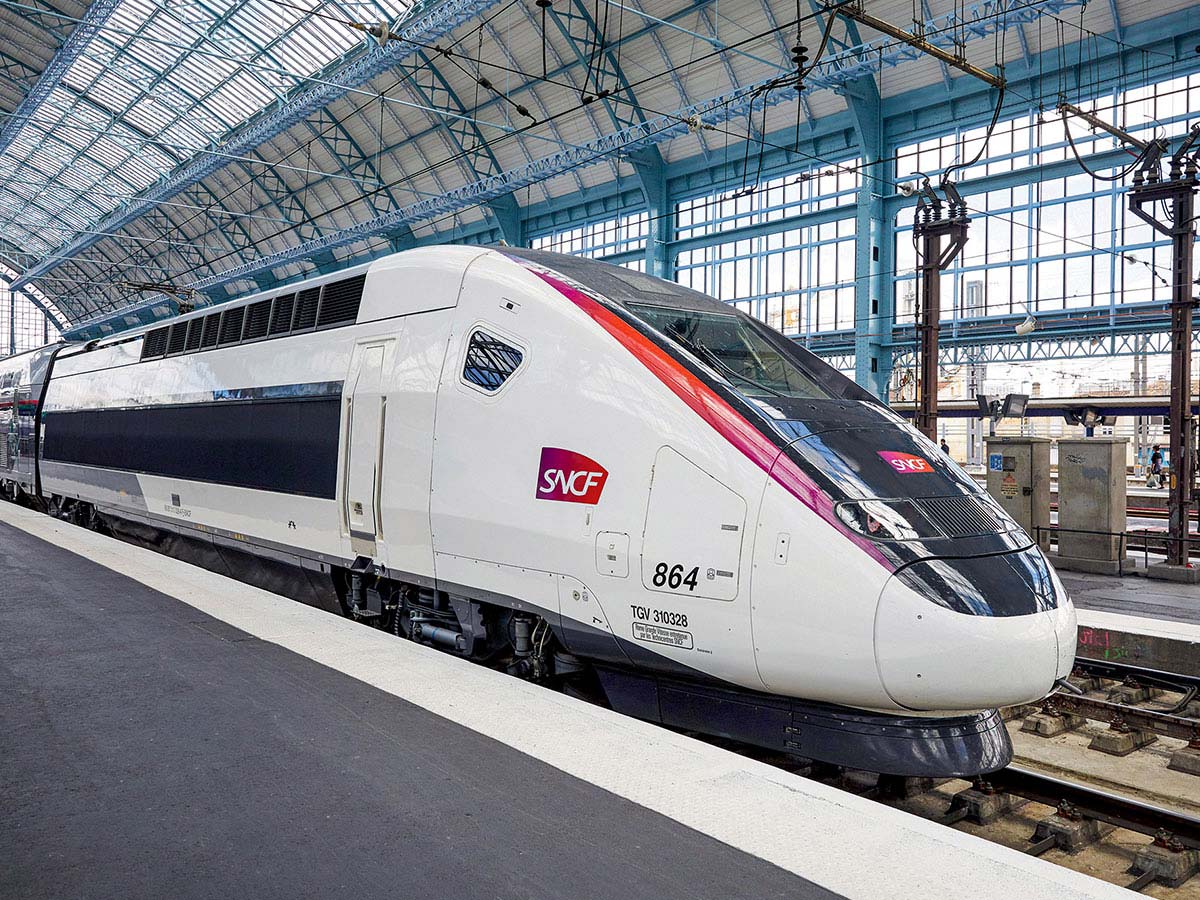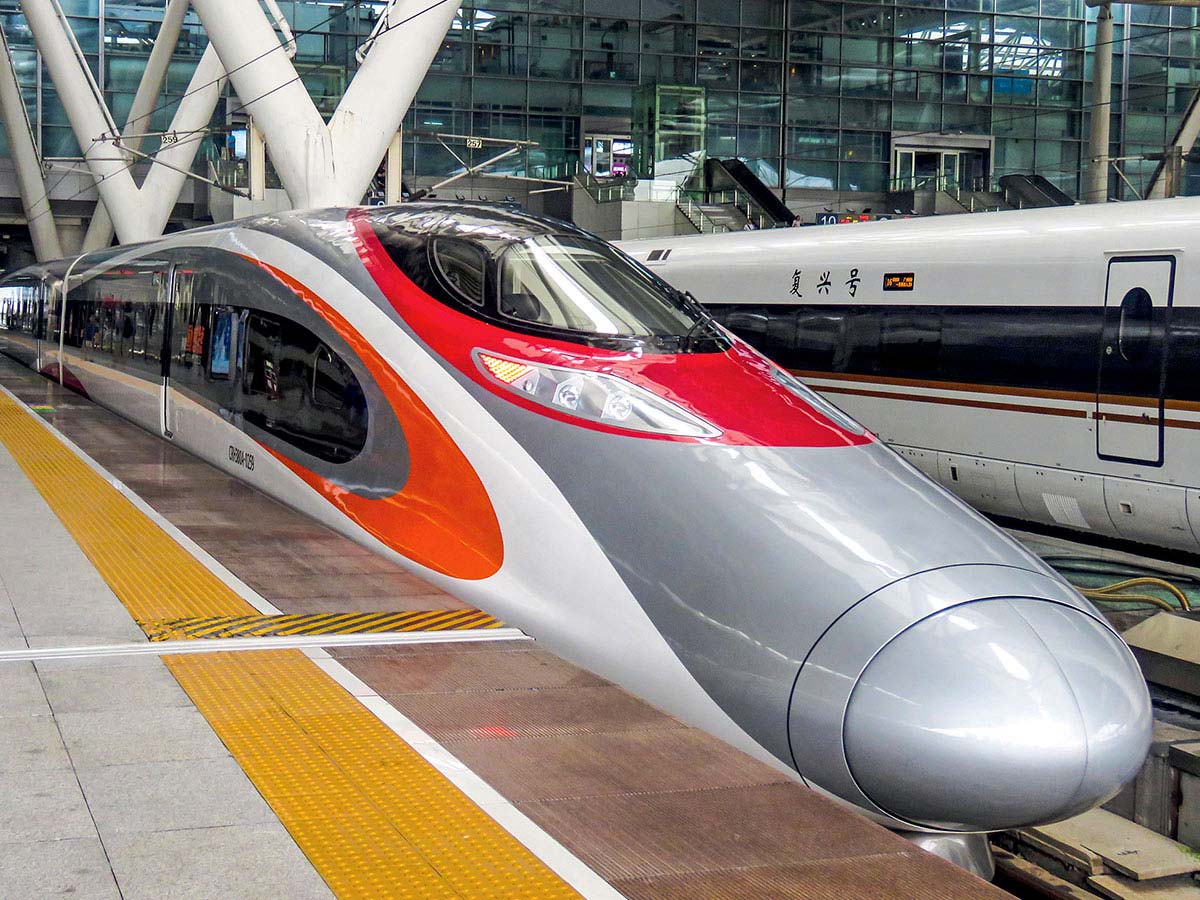INTRODUCTION
By Jean-Pierre Loubinoux, Honorary CEO, International Union of Railways (UIC)
The railway has been a major actor of the industrial revolution of the 19th century, the advancement of mobility of people and of goods, and the development of our modern economies.
In just a few decades, the immense network of steel rail has spread across Europe, then other continents, led by trains carrying passengers and freight. From city to city and country to country, for close to a century, rail has transformed our sense of space and time. With the permanent imperative of absolute safety, going further and faster with ever more comfort has been the leitmotif of international innovation in railway technology.
In the second half of the 20th century, in the face of interurban mobility development and the emergence of competition from motorways and aviation, the idea of high-speed rail was born. The unimaginable project to transport 1,000 people in 1,000-ton trains, at 100 metres per second on a wheel-to-rail surface adherence of only 10 square centimetres! This project has nevertheless been accomplished today, first in Japan, then in France, other European countries and countries around the world.
Whenever and wherever high-speed rail has been developed, it has represented a major turning point not only for the evolution of mobility, but also for the history of a country, a region, or a continent. Symbols and demonstrations of high technology and modernity, high-speed rail projects are the expression of the ambition and future vision for a nation, whether in terms of land use planning and its infrastructures or in response to social, economic, environmental and demographic challenges. By accelerating time and contracting space, high-speed rail contributes not only to the intensification of exchange between cities, sustainable development objectives by means of desaturating of other transport infrastructures, and limitation of pollutant emissions, but also to regional unification.
Today there are 40,000 kilometres of tracks on which 5,000 trains operate, transporting 2.2 billion voyageurs each year worldwide. New projects abound in Europe, the United States, Turkey, on the Arabian Peninsula and in Russia, India, Australia, and more.
Long touted as the future of rail, today high-speed rail represents that future, in this twenty-first century where high-speed rail links have become the new backbone of shared mobility. Wherever it has been developed, high-speed rail has revealed itself to be a formidable innovation generator for the rail sector and its industry. Wherever it has been developed, high-speed rail has generated jobs directly and indirectly, has driven up both GDP and sustainable development for companies that make use of it. Wherever it has been developed or will be developed, high-speed must be accompanied by the renovation and improvement of conventional line networks, in order to extend the benefits of speed to distant cities and territories.
If high-speed has allowed the rail sector to survive the energy and technology revolution of the 20th century, representing the heart of that innovation, it must also be a stakeholder and vector of the 4th industrial revolution of the 21st century: the digital revolution. The core of a connected and intelligent transport system, high-speed will perfectly integrate itself in the development of new stations in the heart of every city, interfaces between intra- and inter-urban modes of transport that are clean, open, and sustainable. The core of a new chain of connected mobility, sustainable, integrated and international, high-speed rail brings clarity, speed, and comfort to 21st century mobility.
In this same spirit of openness, sharing, and connection as that of the first pioneers of rail, high-speed rail is more than a simple means of transportation: it uplifts the entire rail sector. In addition, high-speed is a means of economic and social growth, and perhaps also a means to create a framework of new international liaisons, by building bridges rather than walls between cities, regions, and continents, a vector of peace uniting populations and cultures.
This fine book is an invitation to tell the story – with texts and images – of this epic saga, and to travel along the path of one of the greatest international adventures of all time, and the future of the railway.
a selection of HIGH-SPEED LINES by creation date
1964

TOKYO > OSAKA
1992

TURIN > NAPLES
1992

MADRID > SEVILLE
2002

COLOGNE > FRANKFURT
2008

BARCELONA > MADRID
2010

SEOUL > BUSAN
2011

BEIJING > SHANGHAI
2014

ANKARA > ISTANBUL
2014

LANZHOU > URUMQI
2016

SHANGHAI > KUNMING
2016

TOKYO > HAKODATE
2016


ZURICH > MILAN
2018

BEIJING > HONG KONG
2018

TANGIER > CASABLANCA

